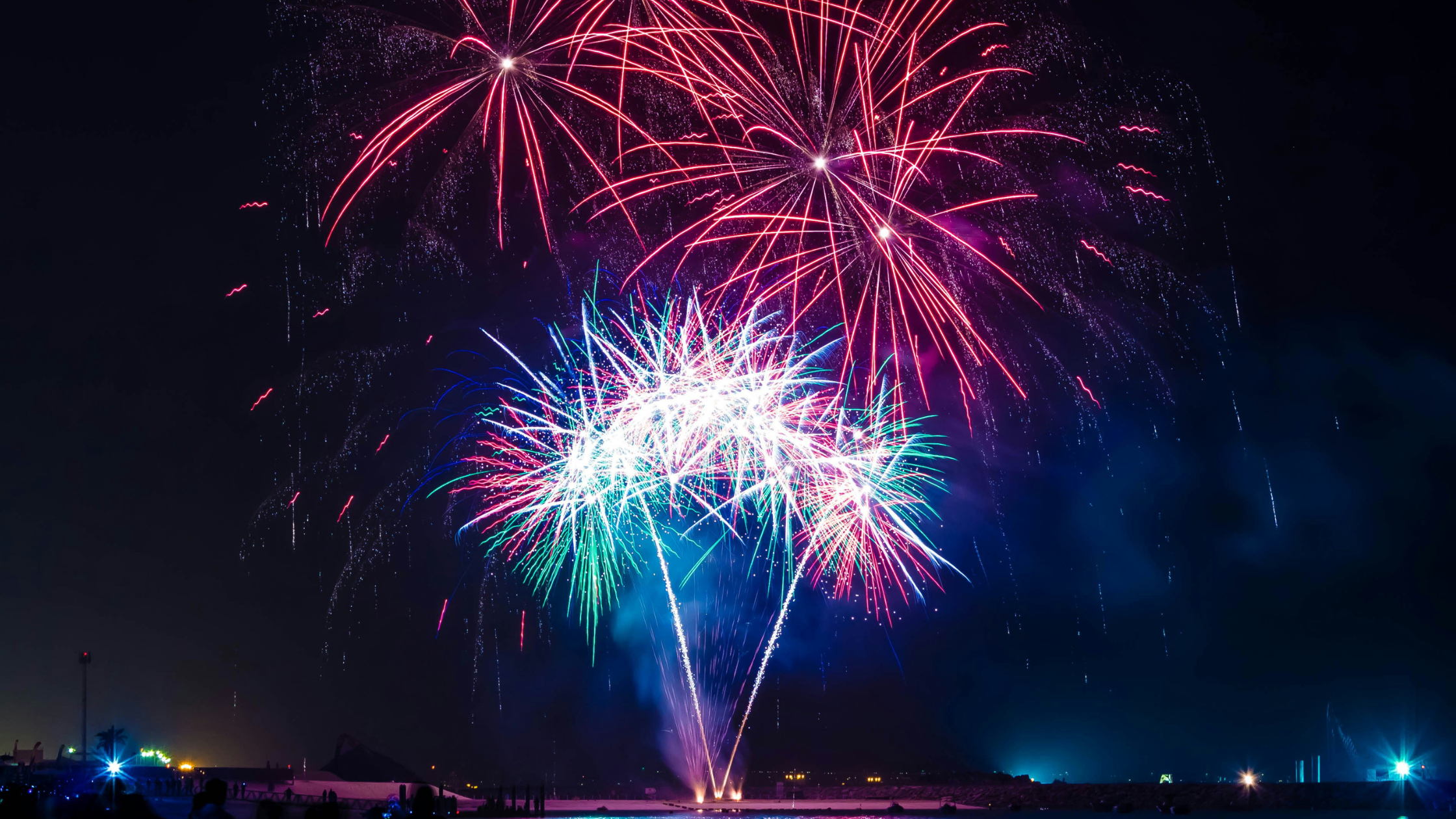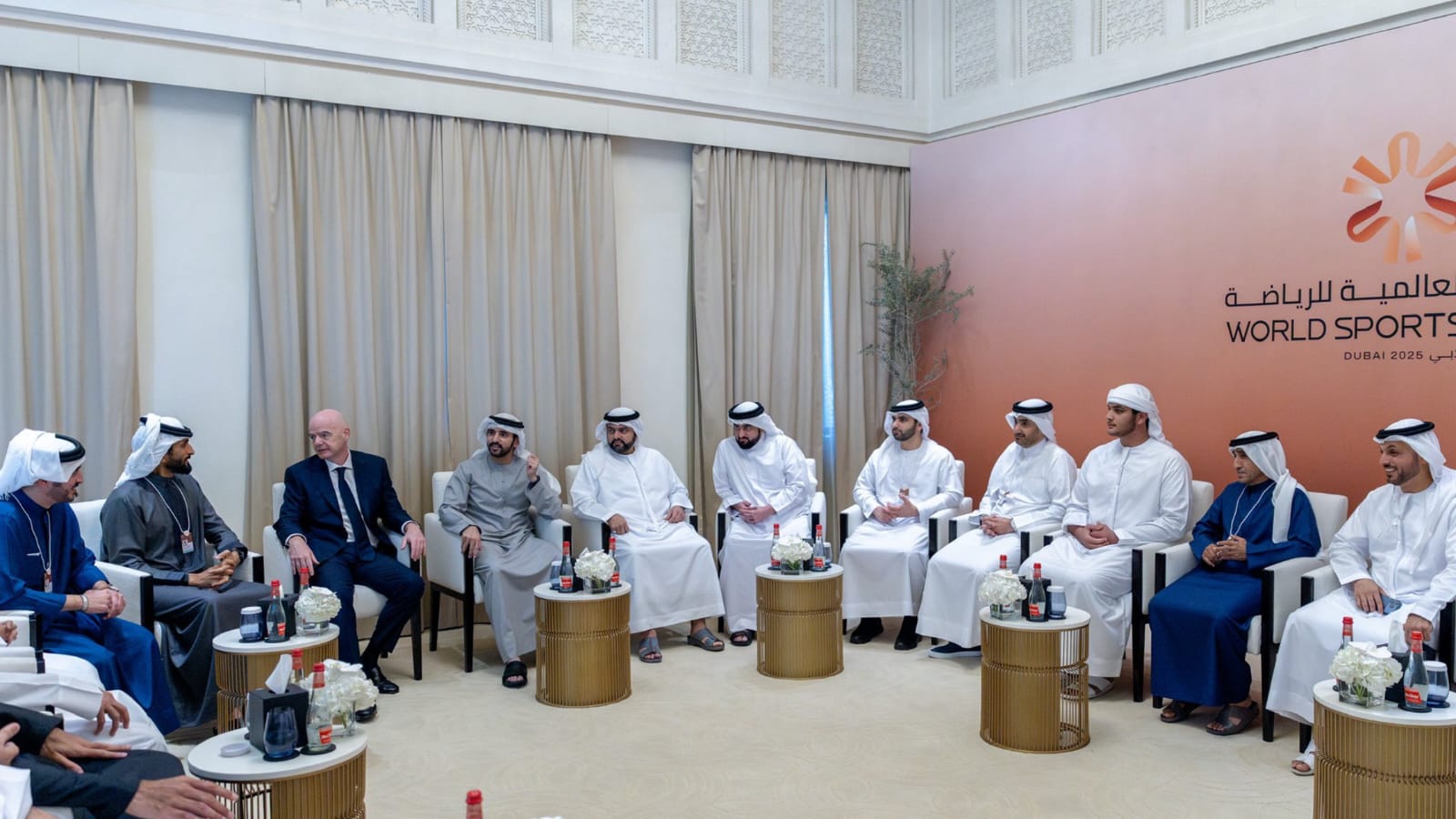Iran Admits US Bombings Crushed Nuclear Facilities Completely

In a revealing and unprecedented interview with American broadcaster Tucker Carlson, Iran’s new President Masoud Pezeshkian made a startling admission: three of Iran’s most critical nuclear sites were severely damaged in a June 2025 airstrike by the United States. For the first time since the operation, Iran has publicly confirmed the extent of destruction at Natanz, Fordow, and Isfahan three facilities central to the country’s nuclear ambitions.
The airstrikes, reportedly carried out by US B-52 bombers using bunker-buster munitions, were aimed at crippling Iran’s underground nuclear infrastructure. Although Iranian officials initially played down the incident, President Pezeshkian’s candid statements have not only validated earlier US military claims but also opened the door for potential cooperation with international nuclear inspectors.
No Access, No Visibility: Nuclear Facilities Severely Crippled
During the interview aired on July 8, President Pezeshkian expressed deep concern over the current condition of the nuclear sites, explaining that Iranian teams have been unable to access the facilities due to the extent of the destruction. “We don’t have any access to them, we cannot see,” Pezeshkian said. “This access will have to wait for that.”
This admission sharply contrasts Iran’s usual narrative of resilience and sovereignty. It also directly challenges internal reports that suggested minor or reversible damage. The truth appears far more serious: not only is Iran unable to assess the destruction, but key components and infrastructure may be rendered permanently unusable.
Iran Signals Willingness for UN Nuclear Supervision With a Catch
Interestingly, despite blaming the United States for what it calls “unlawful attacks,” Iran’s leadership now appears more open to re-engaging with the United Nations nuclear watchdog, the International Atomic Energy Agency (IAEA). President Pezeshkian noted, “We are ready to hold talks over it. We have never been the party that has run away from verification.”
The statement underscores a significant diplomatic shift. For years, Iran has walked a tightrope between cooperation and defiance when it comes to nuclear inspections. Now, with facilities inaccessible and criticism mounting from both allies and adversaries, Tehran may be forced to compromise at least temporarily.
However, Pezeshkian was clear that such inspections would not be immediate. He insisted that due to the scale of the physical damage, Iran is simply not in a position to host inspectors. The path to re-engagement with global bodies, it seems, is one that must begin with rebuilding.
US Operation Dealt Major Blow to Iran’s Nuclear Timeline
The strategic bombing campaign, carried out on June 22, was reportedly designed to delay or entirely dismantle Iran’s nuclear progress. The Pentagon, in its post-operation assessment, claimed the strikes had pushed Iran’s nuclear capability back by as much as two years. President Donald Trump, who authorized the operation, later declared during the NATO summit in the Netherlands, “It was obliteration, and you’ll see that.”
Now, with President Pezeshkian admitting that Iran cannot even enter its underground labs, Trump’s claims appear to be accurate. The use of advanced bunker-buster technology munitions specifically designed to penetrate fortified underground facilities proved devastating in execution.
The three bombed locations Natanz (a uranium enrichment hub), Fordow (a highly secretive underground facility), and Isfahan (housing nuclear fuel production) represent the backbone of Iran’s nuclear infrastructure. Losing access to these means Iran may need to rebuild its nuclear program almost from scratch.
International Community Reacts: Concern, Support, and Renewed Negotiations
The international response has been mixed. Some nations have expressed support for the United States’ decisive action, viewing it as a deterrent against the possibility of Iran developing nuclear weapons. Others worry that the airstrikes might escalate tensions in an already volatile Middle East.
The United Nations has urged calm and restraint, while urging Iran to resume full cooperation with the IAEA. Meanwhile, European powers have signaled interest in reigniting nuclear deal talks though with a cautious tone, given Iran’s damaged infrastructure and the political uncertainty surrounding the upcoming US presidential elections.
Diplomatic experts believe that Iran’s sudden openness to nuclear inspections is a strategic move. With its facilities damaged and its ambitions curtailed, Tehran may see limited value in isolation. Engaging with the international community could bring economic relief or even reconstruction support.
Doubts Remain: US Intelligence Report Offers Conflicting View
Despite Pezeshkian’s admission and Trump’s bold declarations, some skepticism remains. A leaked US Defense Intelligence Agency (DIA) report suggests that while the strikes caused “significant damage,” the nuclear program had only been delayed by a few months not years.
The DIA assessment, first reported by CNN, adds nuance to the broader narrative. Defense Secretary Pete Hegseth dismissed the leak as “preliminary” and “low confidence,” while Secretary of State Marco Rubio condemned the unauthorized disclosures, calling the leakers “professional stabbers.”
This divergence in interpretation leaves room for political spin. However, Iran’s inability to access or repair the sites tells its own story one of disruption, if not total obliteration.
Pezeshkian’s Position: A New Tone from Tehran?
President Masoud Pezeshkian, who only recently took office, has taken a markedly different tone from his predecessors. His candid acknowledgment of the damage and his willingness to talk with the IAEA suggest a more pragmatic approach to foreign policy.
Still, Pezeshkian remains defiant about Iran’s sovereignty. “The United States’ unlawful attacks against our nuclear centres and installations must be condemned,” he stated during the interview. Yet his overall messaging strikes a balance between criticism of the West and readiness to engage.
Many analysts believe Pezeshkian is attempting to walk a fine line appeasing hardliners within Iran while also preventing international isolation. Whether he can succeed in this high-stakes balancing act remains to be seen.
The Road Ahead: Repair, Restraint, and Renewal?
As Iran begins to chart a new path following the airstrikes, several key questions remain:
Can the damaged facilities be repaired or will Iran need to build new ones? Will Tehran truly follow through with IAEA cooperation, or is this diplomatic theatre? And will the US pursue further military action, or is this the beginning of a negotiated cooling-off period?
In the meantime, the region watches closely. The destruction of three pivotal nuclear sites has upended years of clandestine development, emboldened US policy architects, and reconfigured diplomatic calculations.
For now, the world waits as Iran recovers physically, politically, and diplomatically from one of the most consequential military strikes of 2025.







